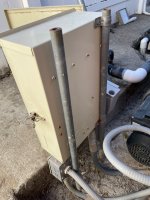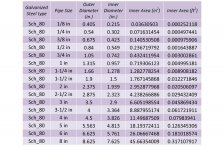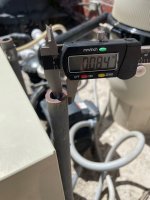I'm going to be replacing an old Intermatic dual-timer subpanel with a newer Pentair load center. Right now the old box sits about 2" above grade on two steel poles that are embedded in the concrete pad. The box is so low its a real headache to work inside it. I would like to extend the steel poles up maybe 5 feet so its easier to work with and will physically fit the new load center, which will mean running longer conduit and wires to just above everything on the pad. What's the best way to accomplish this?
Are these poles standard in the pool industry? I dont think I've seen them anywhere else before. They measure .425" o.d/.257" i.d., and have no threads inside or out. Are there some kind of couplers I can use to extend them higher? Am I better off mounting the load center to the brick wall at the back of the pad instead?

Are these poles standard in the pool industry? I dont think I've seen them anywhere else before. They measure .425" o.d/.257" i.d., and have no threads inside or out. Are there some kind of couplers I can use to extend them higher? Am I better off mounting the load center to the brick wall at the back of the pad instead?




